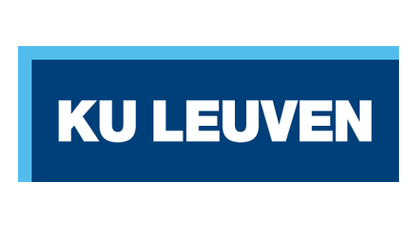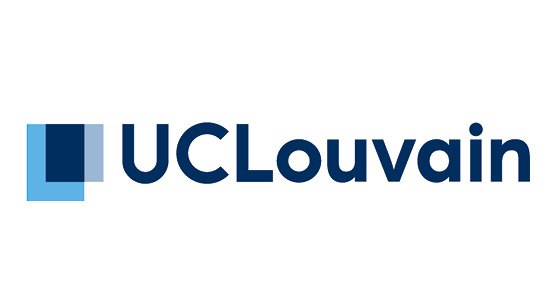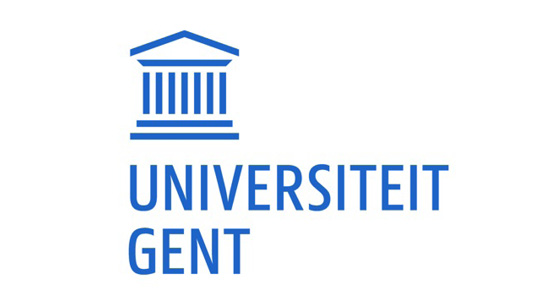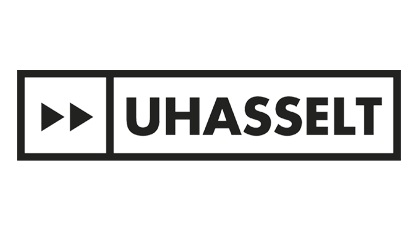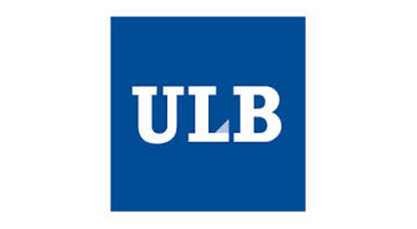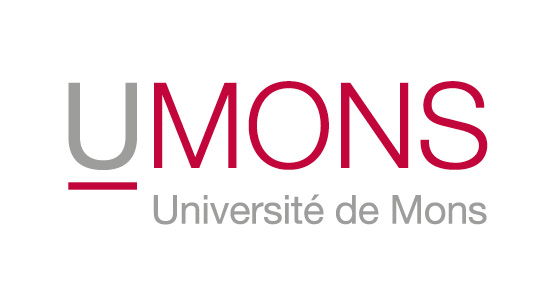The 2020 edition | Details and programme
As bePOM is affiliated with POM international, we totally share their mission and aims
The initial mission of POM was to provide everyone access to the latest knowledge. Lately, especially due to the pandemic of COVID-19, it has become more important than ever to promote methods of disseminating scientific knowledge without physical contact. Read more...
Scientific Committee
- Dr Michaël Lobet | University of Liège - University of Namur - Harvard University
- Dr Sébastien Mouchet | University of Namur - University of Exeter
- Dr Gilles Rosolen | University of Mons
BePOM 2020 was supported by






Final programme
10:00-10:05 | Opening Remarks
10:05-10:35 | Pascal Kockaert (ULB) @PascalKockaert
Characterization of 2D materials for optical applications: interplay between the interaction model
and the measurement technique.
10:35-11:05 | Luc Henrard (UNamur) @LucHenrard1
Plasmonic at the nanoscale.
11:05-11:35 | Sammy Verbruggen (UAntwerp) Website
Studying the Activity and Stability of Plasmonic Photocatalysts using Core-Shell systems.
11:35-12:05 | Olivier Absil (ULg) @AbsilOli
Nanostructured infrared vortex phase masks for stellar coronagraphy.
12:05-13:20 | e-Lunch | Break 1
13:20-13:50 | Heidi Ottevaere (VUB) @hottevae
Brussels Photonics: from pilot line for freeform-based optics to optofluidic chips.
13:50-14:20 | Dries Van Thourhout (UGent) @DThourhout
Heterogeneous integration for Silicon Photonics.
14:20-14:50 | Christophe Caucheteur (UMons)
Optical fiber gratings biosensors.
14:50-15:05 | e-Tea | Break 2
15:05-15:35 | Clément Lauzin (UCL)
Optics and lasers for high-resolution molecular spectroscopy.
15:35-16:05 | Christophe Caloz (KUL) Website - @calozch
Towards Magnetless Optical Nonreciprocity.
16:05-16:35 | Milos Nesladek (UHasselt)
Detecting single electron and nuclear spins in diamond.
16:35-16:45 | Closing Remarks

